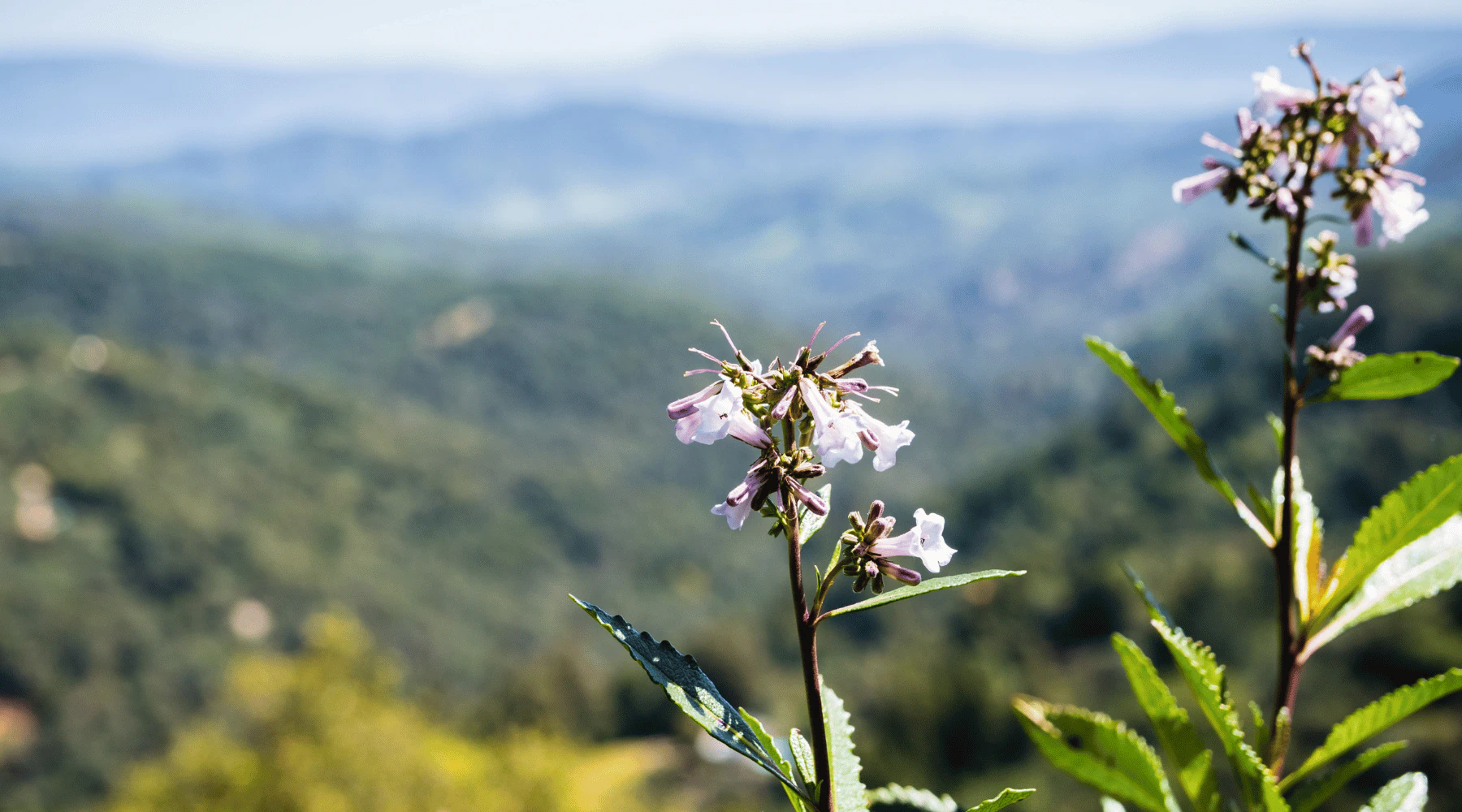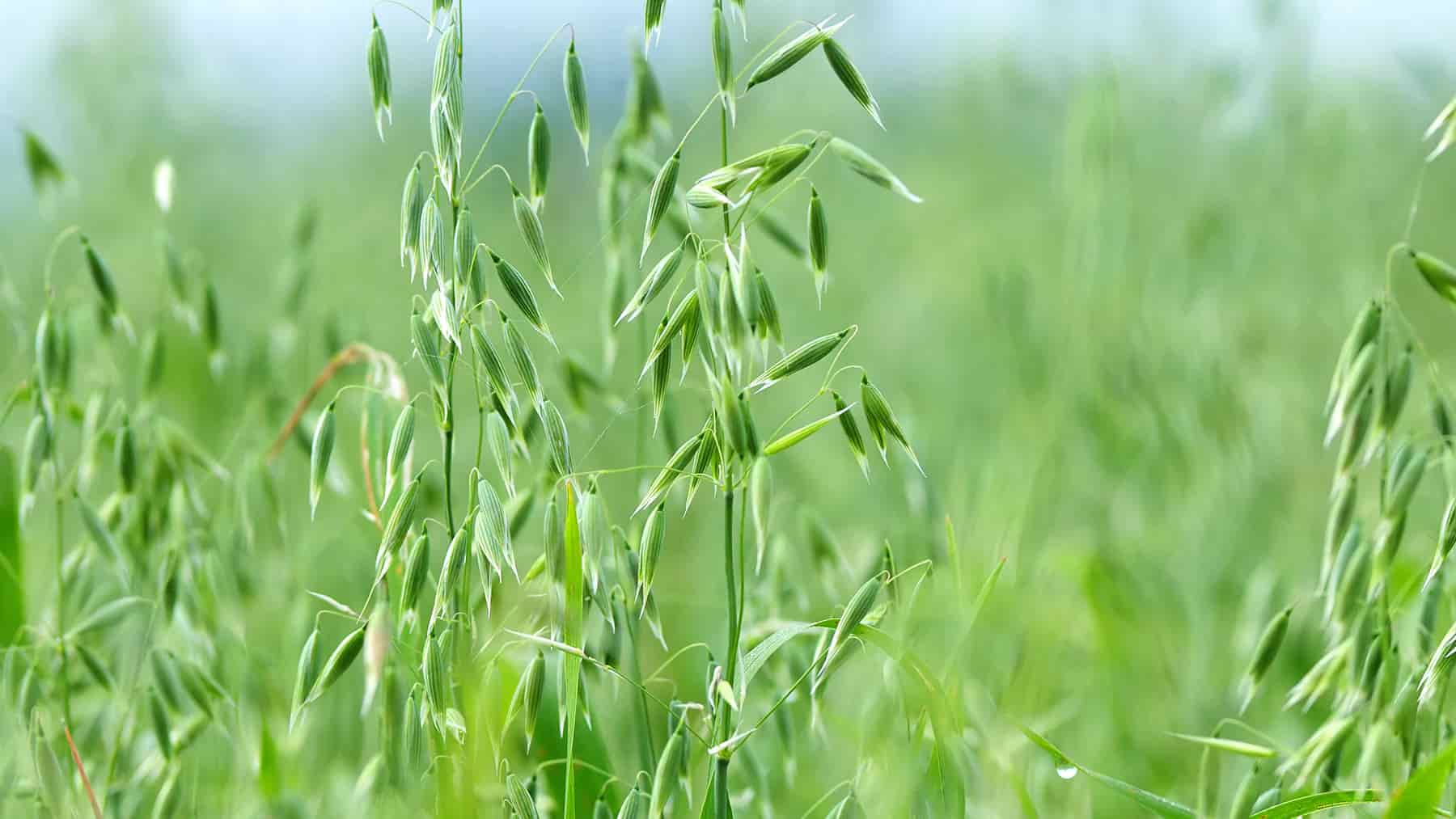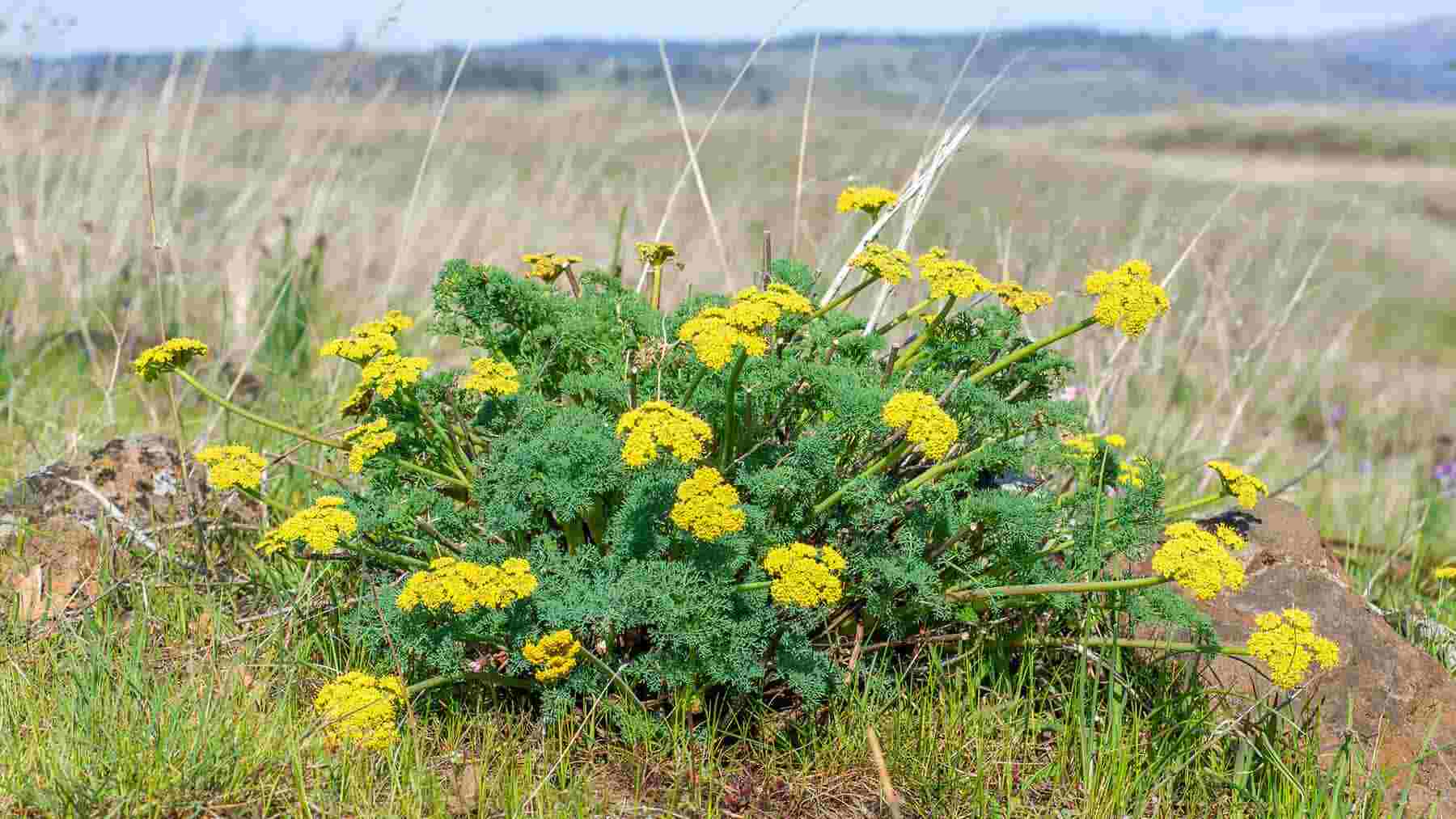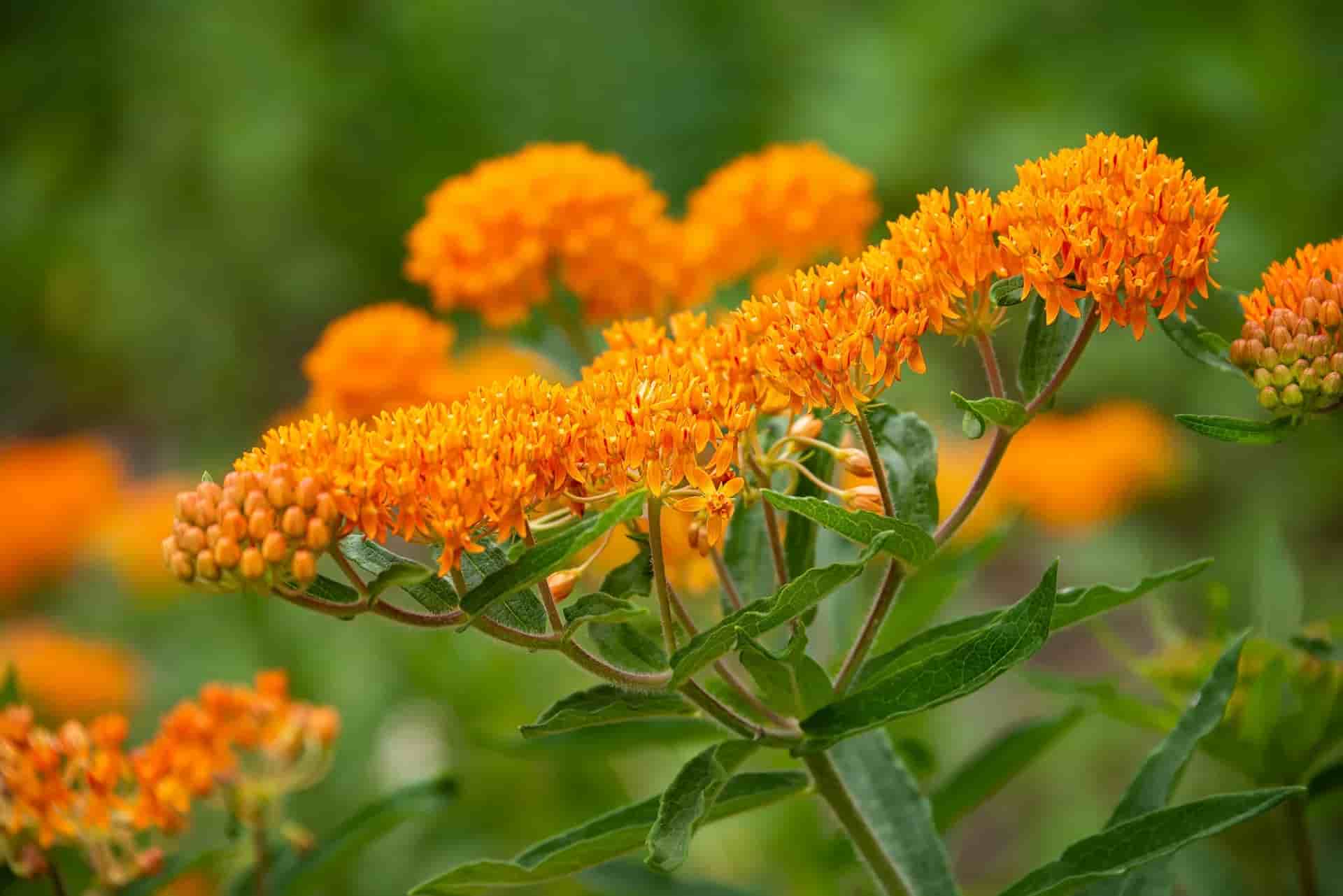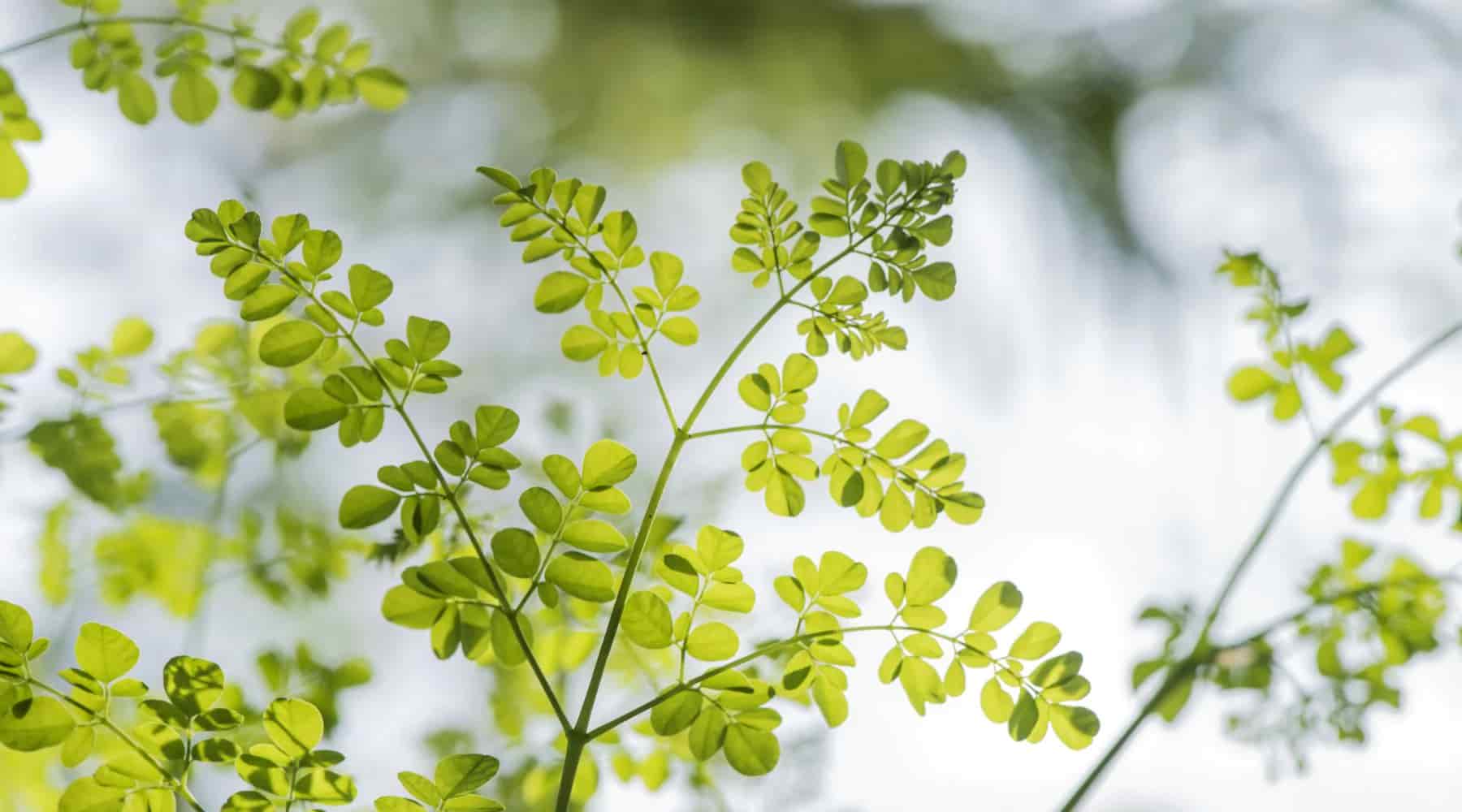Moringa oleifeera or moringa is globally recognized for its wondrous health benefits and nutritional value from all parts of the tree. In herbalism, we normally see flowers, berries, or bark used medicinally from trees, but moringa’s nutritious abundance can be experienced from the entire plant.
Origins and Botany
Moringa belongs to the Moringaceae, or horseradish tree family, which is closely related to the papaya or Caricaceae family. It’s native to the Asian subcontinent and cultivated across Southwest Asia, especially Indonesia, and is now growing in popularity in the Southwestern corner of the United States. Moringa is earning spotlight amongst agro-forestry farmers for commercial sales because the entire plant - leaves, bark, branches, resin, seeds, roots, and flowers - can be used for food and medicinal purposes.
The deciduous moringa tree looks slightly different on one side of the world from the other, though both versions possess similar botany characteristics like its sparse foliage, dark smooth bark, and dark green leaflets. Moringa has a light brown fruit that is large and distinctive, making this shrub-like tree easy to identify. When the fruit is cut open, each angle exposes rows of round black oily seeds with three papery wings. Moringa’s seed pods inspired the Tamil people of India to name the tree “Murungai”, which translates to twisted pod.

Modern Uses
The moringa tree grows quickly, growing 2.5 meters in 3 months! Its leaves are what’s primarily harvested and consistent pruning allows for more subsequent harvests. The leaves are an amazing source of protein, specifically sulphur-containing amino acids like methionine and cystine, and vitamins A, B, C, calcium, and iron. As a result, moringa is considered a highly nutritious food.
Commercial cultivation of moringa has become increasingly popular in less fortunate counties in Asia because it can support undernourished communities and provides shade and wind protection for existing crops within a typical farm model. Additionally, the leaves provide nutrient dense mulch on the ground, saving fertilizer costs for farmers. (World Agroforestry Database 4.0 2009)
All parts of the moringa tree are edible. Many cultures cook the fresh green seed pods for curries or craft herbal remedies. A fellow WishGarden employee, Fodey, explained how West Africans know moringa as the “Never Die Tree” because it can survive long periods of time without water and in excessive heat, which allows for year long construction work and livestock feed.
Natural Water Pollution Mitigator
If moringa hasn’t already proven its superpower qualities, research shows that, “suspension of the ground seed of M. oleifera, the benzolive tree, is used as a primary coagulant. It can clarify water of any degree of visible turbidity” (World Agroforestry Database 4.0 2009). In other words, moringa seeds are being used to mitigate polluted water. Clean water is obtained best when powdered seeds are crushed and placed in cloth bags to swirl around in water.
Moringa’s nutritional value and natural filtration qualities provides health and abundance to people and planet.
Works cited:
Lauren Ann Nichols-Sheffler attended The Colorado School of Clinical Herbalism and received her certificate in medical herbalism. She is the owner of Blue Yarrow Herbs aka Herbal Vice, an herbal product company practicing bioregional herbalism by cultivating plants and sourcing locally. Lauren loves educating and advocating for plant sustainability. She is the sourcing and Purchasing manager for WishGarden Herbs.
For educational purposes only. This information has not been evaluated by the Food and Drug Administration. This information is not intended to diagnose, treat, cure, or prevent any disease, or sell any product.
Recommended Products
Further Reading
